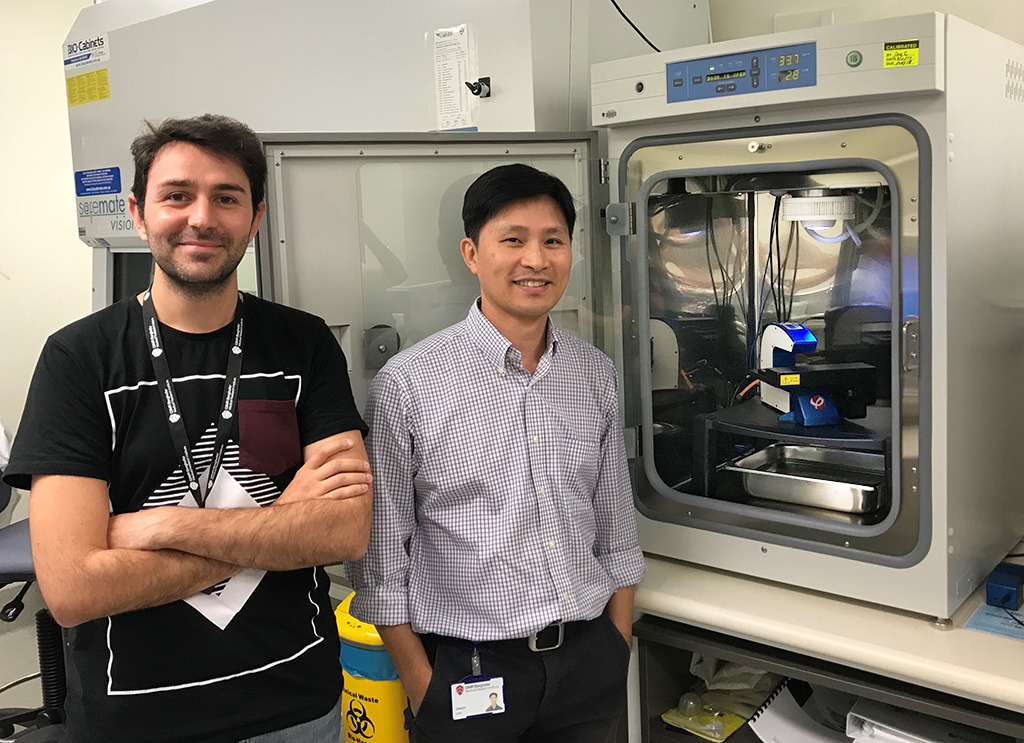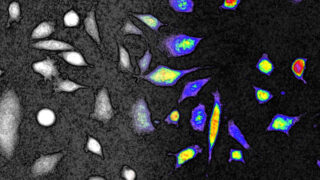PHI and world-leading research institute evaluate quantitative imaging of living tumor cells

QIMR Berghofer Medical Research Institute in Brisbane and Phase Holographic Imaging (PHI) have entered an evaluation agreement to explore the use of live cell time-lapse cytometry based on quantitative phase microscopy to determine the impact of hypoxic microenvironment on cellular motility and metastatic potential in solid cancers. During the four-month evaluation period, PHI will provide QIMR Berghofer with HoloMonitor® M4 instrumentation and technical support.
The evaluation will focus on how cancer cells respond to low oxygen levels. Some of the most sold cancer drugs reduce tumor growth by depriving cancer cells of oxygen. Unfortunately, research indicate that decreased oxygen levels can, under yet unknown circumstances, promote treatment resistance and the formation of metastases (A. L. Harris, Nature Reviews Cancer, 2002). As HoloMonitor does not require labelling of cells the applicability is broad, which can be extended to hard-to label cells such as cancer stem cells and cells derived from patient tumors.

The 2nd HoloMonitor at QIMR Berghofer
QIMR Berghofer has previously purchased a HoloMonitor M4 time-lapse cytometer, which has been in operation since June 2017. For more information see “Leading Australian research institute purchase HoloMonitor”.
About QIMR Berghofer
QIMR Berghofer is a world-leading translational medical research* institute in Brisbane, Australia. With close to 900 scientists and support staff and more than 50 state-of-the-art laboratories, it is ranked among the top two medical research institutes in Australia. QIMR Berghofer focuses on the research areas of cancer, infectious diseases, chronic disorders and mental health.
The above information was made public pursuant to the EU Market Abuse Regulation.

